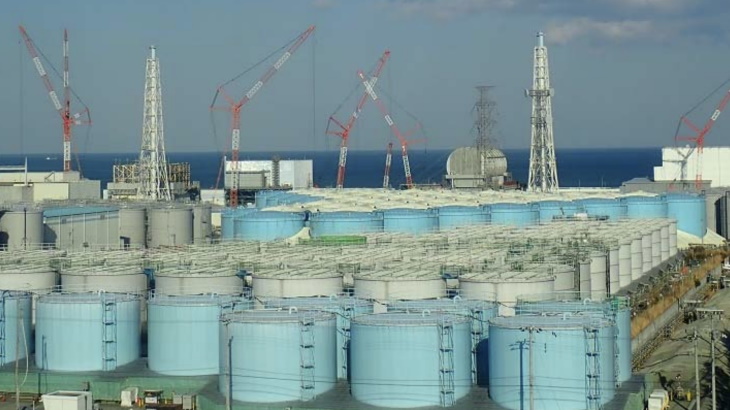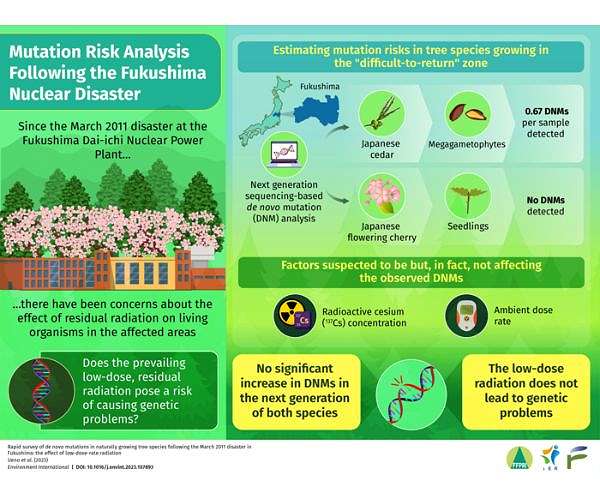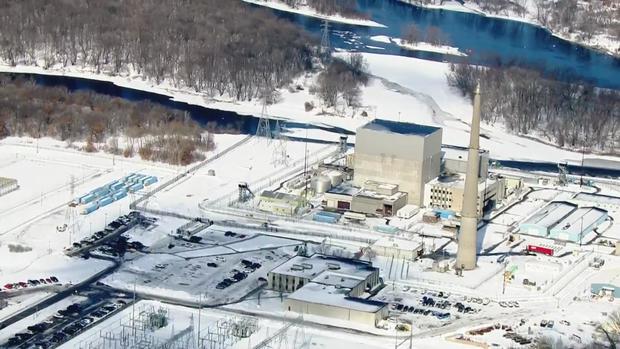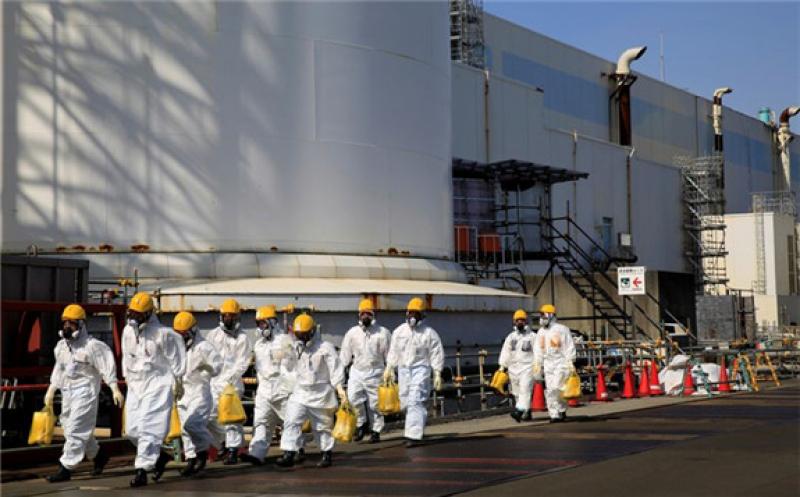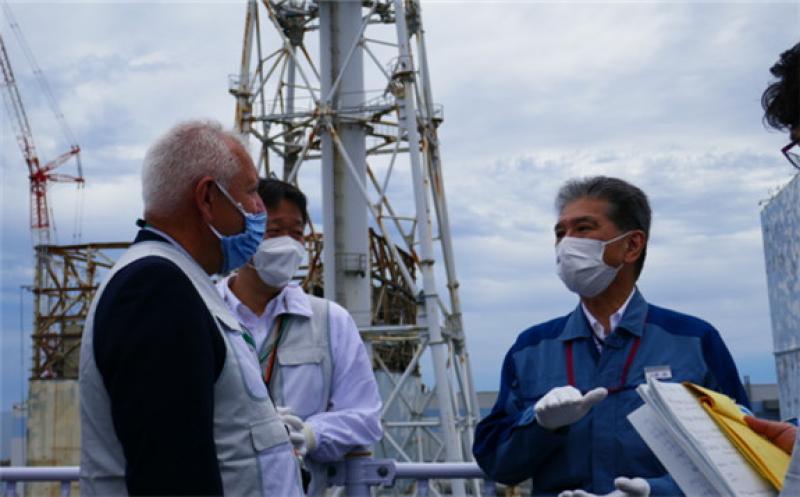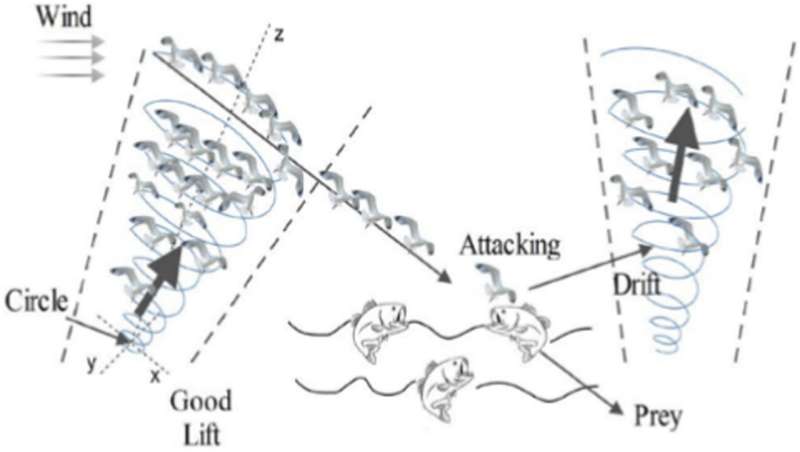
Consequently, proper assignment of virtual machines (VM) to physical machines (PM) has become a crucial factor in decreasing energy consumption. This, however, entails not only tangible objectives regarding power utilization, but also network element traffic which renders it a difficult task.
In a new study published in Internet of Things and Cyber-Physical Systems, researchers from the United Kingdom, China and Austria describe a novel energy-saving approach involving multi-objective VM placement via seagull optimization algorithm—a high-level algorithm that mimics the migrating and hunting behavior of seagulls—to address both power usage and network traffic.
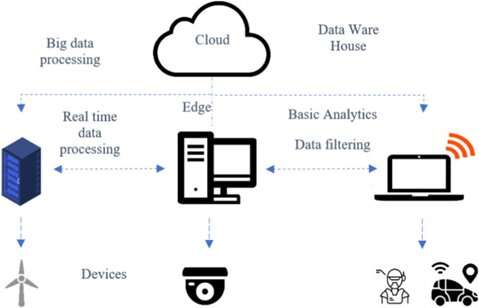
The study showed that the proposed method could result in a 5.5% decrease in energy consumption, 70% reduction in network traffic and 80% cutback in the power consumption of network components—all measures which align with the ultimate goal of sustainable computing to combat climate change. Through concentrating VM communications on fewer PMs, data transfer across the network is limited while beneficially reducing power usage.
"Our findings represent a major milestone in the area of cloud computing," says Sayyidshahab Nabavi, lead author of the study. "The novel approach considers both traffic and energy and applies the seagull optimization algorithm (SOA) to select the ideal virtual machine placement."
Notably, SOA surpasses other commonly used meta-heuristic optimization techniques due to its power in resolving large-scale constrained problems like resource scheduling in edge-cloud computing, as well as its speed in attaining a global minimum because of its better exploration and exploitation capability.
"Our simulation results show that SOA system improves ECDC performance while decreasing switch activation times and power consumption," adds Nabavi.

